 he Society’s collections were moved from Isaiah Thomas’s Worcester home to Antiquarian Hall in 1819. Since then, that name has been given to three buildings—and their additions. Thomas commissioned the first headquarters at Lincoln Square and his bequest in 1832 included funds for its expansion. The replacement in 1854 housed a reading room surrounded by open alcoves for book storage. This structure and its 1876 addition were the gift of Stephen Salisbury II. Waldo Lincoln recognized that it was outgrown and outmoded in the first decade of the twentieth century and, with a bequest from Stephen Salisbury III, commissioned a library with a reading room and a separate book stack on land at the corner of Park Avenue and Salisbury Street. The collections were moved there in 1910 and, predictably, continued to grow, leading to additions in 1924, 1949, 1971, and 2000. he Society’s collections were moved from Isaiah Thomas’s Worcester home to Antiquarian Hall in 1819. Since then, that name has been given to three buildings—and their additions. Thomas commissioned the first headquarters at Lincoln Square and his bequest in 1832 included funds for its expansion. The replacement in 1854 housed a reading room surrounded by open alcoves for book storage. This structure and its 1876 addition were the gift of Stephen Salisbury II. Waldo Lincoln recognized that it was outgrown and outmoded in the first decade of the twentieth century and, with a bequest from Stephen Salisbury III, commissioned a library with a reading room and a separate book stack on land at the corner of Park Avenue and Salisbury Street. The collections were moved there in 1910 and, predictably, continued to grow, leading to additions in 1924, 1949, 1971, and 2000.
 |
 |
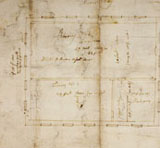 |
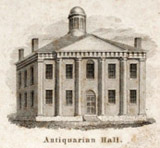 |
 |
Banner's Preliminary plan, first floor
[ + details] |
Banner's Preliminary plan, second floor
[ + details] |
Antiquarian Hall, 1829 [taken from map]
[ + details] |
|

|
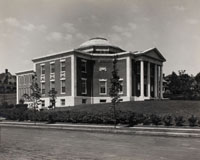 |
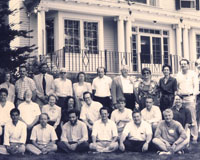 |
 |
Addition to Antiquarian Hall, 1924
[ + details] |
Goddard-Daniels House with Seminar group
[ + details] |
Addition to Antiquarian Hall, 1972
[ + details] |
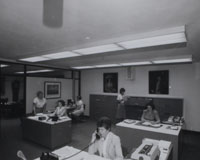 |
 |
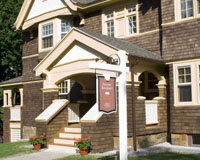 |
Addition to Antiquarian Hall, 1972
[ + details] |
|
Fellows' Residence at 9 Regent Street
[ + details] |
|

